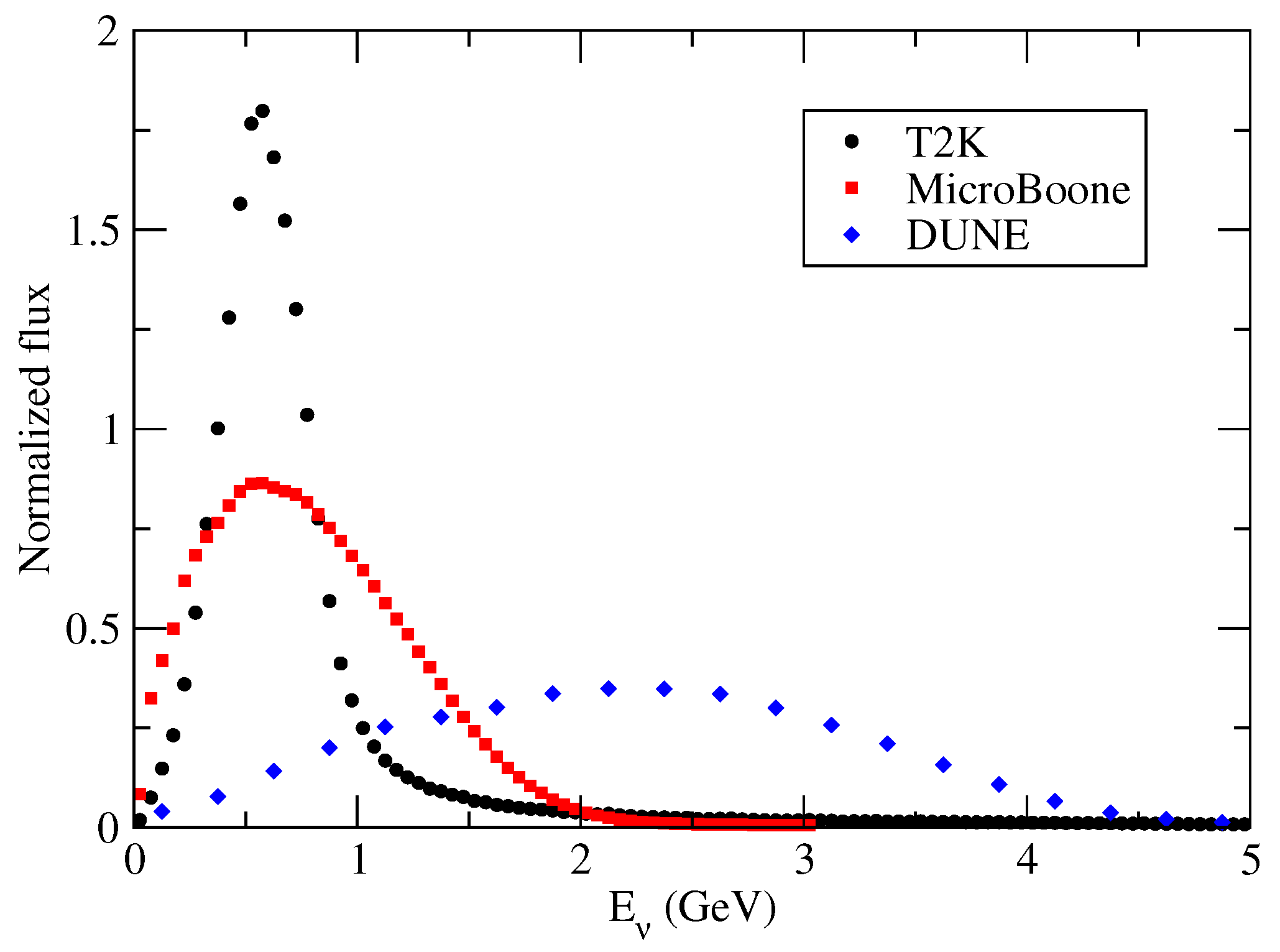

Brief description of the models is given below while references given against each are referred for complete description of each model.ĭPMJET-III 16 is a Monte Carlo code constructed on the Dual Parton Model 17 combing the features of DPMJET-II 18 Dtunuc-2 19, 20, and Phojet1.12 21.

Model simulations of 1M events using DPMJET, HIJING1.383, EPOS1.99, EPOS-LHC, QGSJETII-04 and Sibyll2.3c are compared with the measurements of experimental data from the ALICE experiment 11. P T distributions of differential yields of integrated hadrons (sum of positively and negatively charged hadron) and their ratios, normalized by the total number of inelastic events, simulated for pp interactions at 7 TeV in the p T range from 0.1–3 GeV/ c for pions, from 0.2–6 GeV/ c for kaons, and from 0.3–6 GeV/ c for protons with 0 < y < 0.5 are presented here. The analysis, in future, will be extended to heavy ion collision for the study of strongly interacting matter and to search for a signal on the onset of deconfinement. The present analysis is focused on the study of p T spectra of the integrated yield of π (π + + π −), K ( K + + K −), proton (proton + anti-proton) production, and the K/π and p/π ratios in proton-proton ( pp) interactions at 7 TeV using DPMJET-III, HIJING1.383, EPOS, QGSJETII-04, and Sibyll2.3c models, and their comparison with the data from the ALICE experiment 11. Monte Carlo event generators based on these models need to be tuned, to reproduce experimental observables. Phenomenological models must be employed, as precise calculations are difficult to perform in the non-perturbative regime. The interactions responsible for pp collisions and subsequent hadronization process at the LHC can be understood using the quantum chromodynamics 15. The identified hadron distributions in pp collisions also provide an important reference to the findings of high-energy heavy-ion analysis, where the spectral shape and yield of hadron species are modified by the final state effect. We get important information on multi-parton interactions and other final state effects from the dependence of the yield and p T distribution on the hardness in pp collisions. In order to test soft parton interactions and hadronization processes predicted by non-perturbative quantum chromodynamics, the transverse momentum ( p T) spectra and absolute yields of hadrons are used by Monte Carlo (MC) event generators 14. The measurements of hadron production have an extended record in high energy nuclear and particle physics 1– 13. Although the models’ predictions are mostly consistent with the ALICE measurements but none of the models completely describe the entire distribution for the integrated yield of hadron and their ratios. The EPOS1.99, EPOS-LHC, and Sibyll models predict the p/π ratio for low values of p T, but overpredict at high values, while the DPMJET-III and HIJING models underpredict over the entire range of p T.

EPOS1.99 and Sibyll models reproduce excellent prediction of the K/π ratio over the entire range of p T whereas the EPOS-LHC, HIJING and DPMJET models underpredict with increasing order of discrepancy respectively. The QGSJETII model predicts the yield of kaon for almost the whole p T range. The HIJING and Sibyll models describe the integrated yield of pion well at high p T only.

The DPMJET-III model predicts the yield of pions, kaons and protons only at intermediate value of p T. Compared to the experimental data, the EPOS1.99 and EPOS-LHC models predict the yield of pion very well while reproducing yields of kaon and proton at low p T only. The models’ predictions are compared with the ALICE measurements obtained at mid rapidity and in the p T range from 0.3–6 GeV/ c, 0.2–6 GeV/ c, and 0.1–3 GeV/ c for protons, kaons and pions respectively. The yield of transverse momentum ( p T) spectra of integrated hadrons and their ratios produced in pp collisions at 7 TeV are reported using DPMJET-III, EPOS1.99, EPOS-LHC, HIJING1.383, QGSJETII-04, and Sibyll2.3c models.


 0 kommentar(er)
0 kommentar(er)
